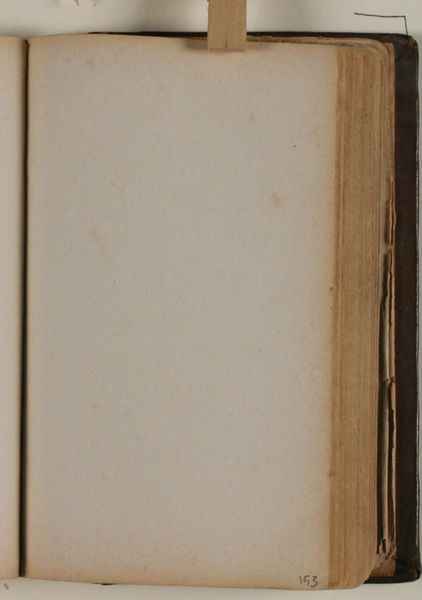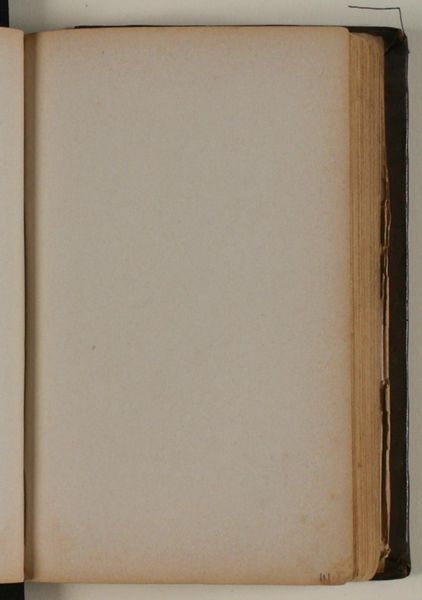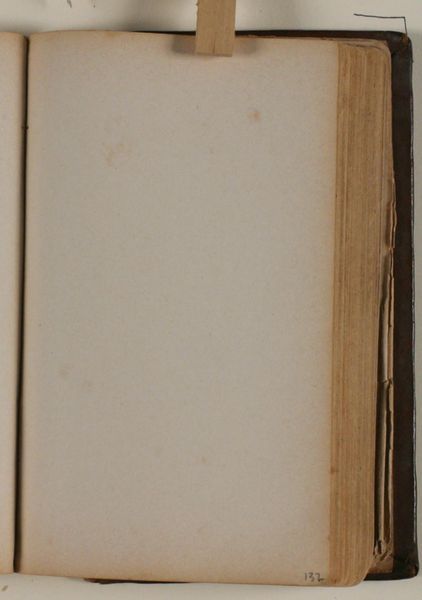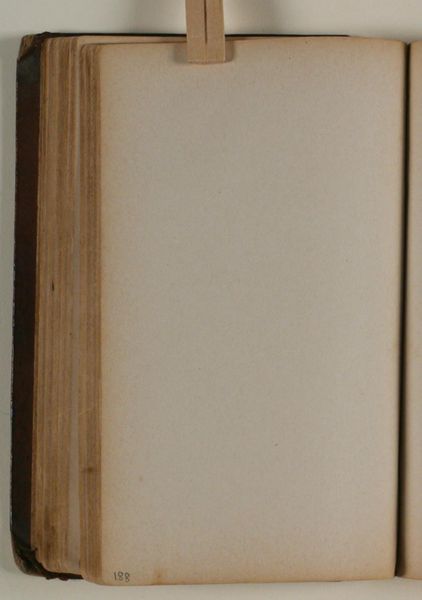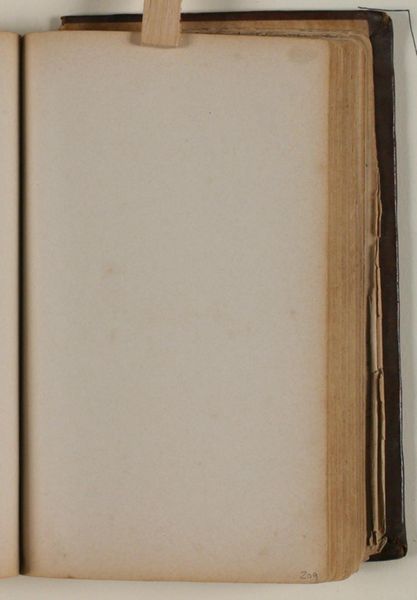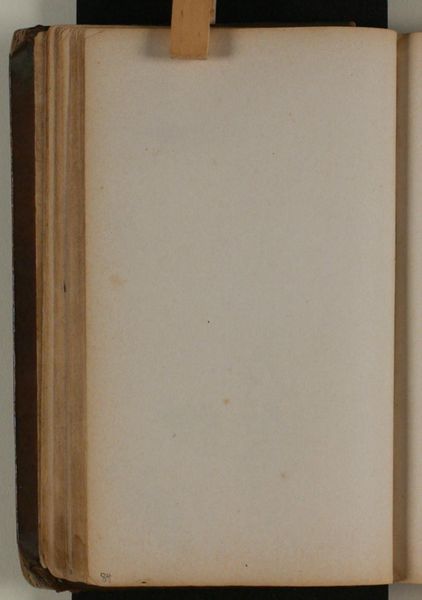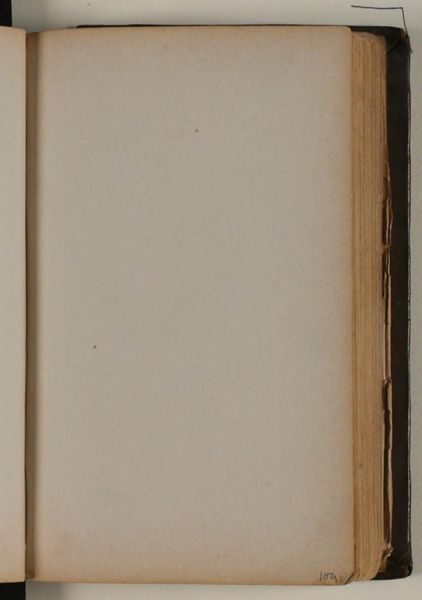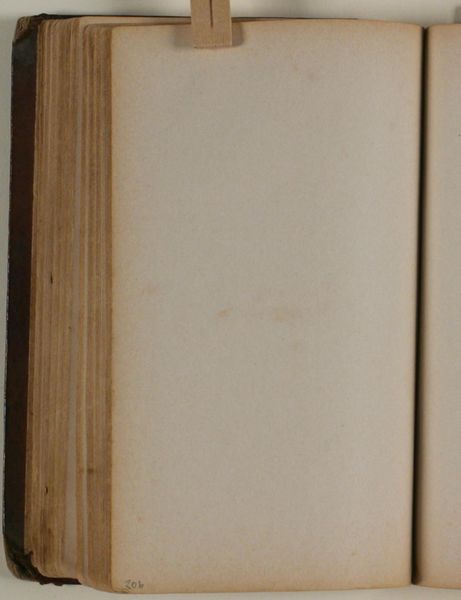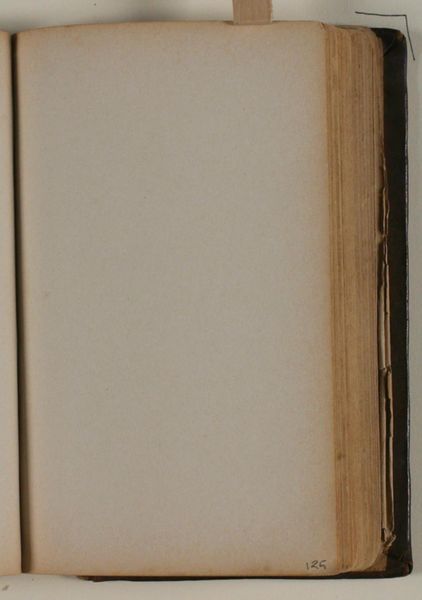
drawing, paper
#
drawing
#
paper
#
coloured pencil
Editor: Here we have "Blank," a drawing on paper made with coloured pencil by Niels Larsen Stevns, created sometime between 1864 and 1941. It's essentially two blank pages of an old book or journal. There’s a starkness to it, almost confronting. How do you interpret this work? Curator: This image, devoid of immediate visual content, invites a plunge into the symbolic weight of emptiness. Throughout art history, blankness carries a potent message – the void, a space for potentiality. What does a blank page symbolize across cultures? Editor: It could represent opportunity, but also uncertainty. A fresh start, or fear of the unknown? Curator: Precisely. It evokes a space for reflection, meditation, or even a visual ‘tabula rasa’. But, thinking about the artist and the era, it also becomes about what's *not* being shown. Stevns, working through periods of great societal shift, what did silence, the unspoken, represent then? Editor: Perhaps a quiet resistance? A personal retreat in tumultuous times? Curator: Possibly. Also, consider how the 'imperfections' - the age of the paper, the slight discolouration, the number "199" - work. Does this not provide a context for reflection? Editor: You're right. These seemingly insignificant details suggest a narrative that hasn’t been written, lives unlived. The object invites more profound contemplation. Curator: And it suggests the inherent value we place on even the most humble objects. It prompts us to acknowledge the power of silence and stillness as important artistic expressions. Editor: It's amazing how much a blank space can actually communicate. I’ll definitely see "nothing" in a new way now. Curator: That’s the beauty of art, isn't it? To reveal hidden layers within the seemingly simple.
Comments
No comments
Be the first to comment and join the conversation on the ultimate creative platform.


